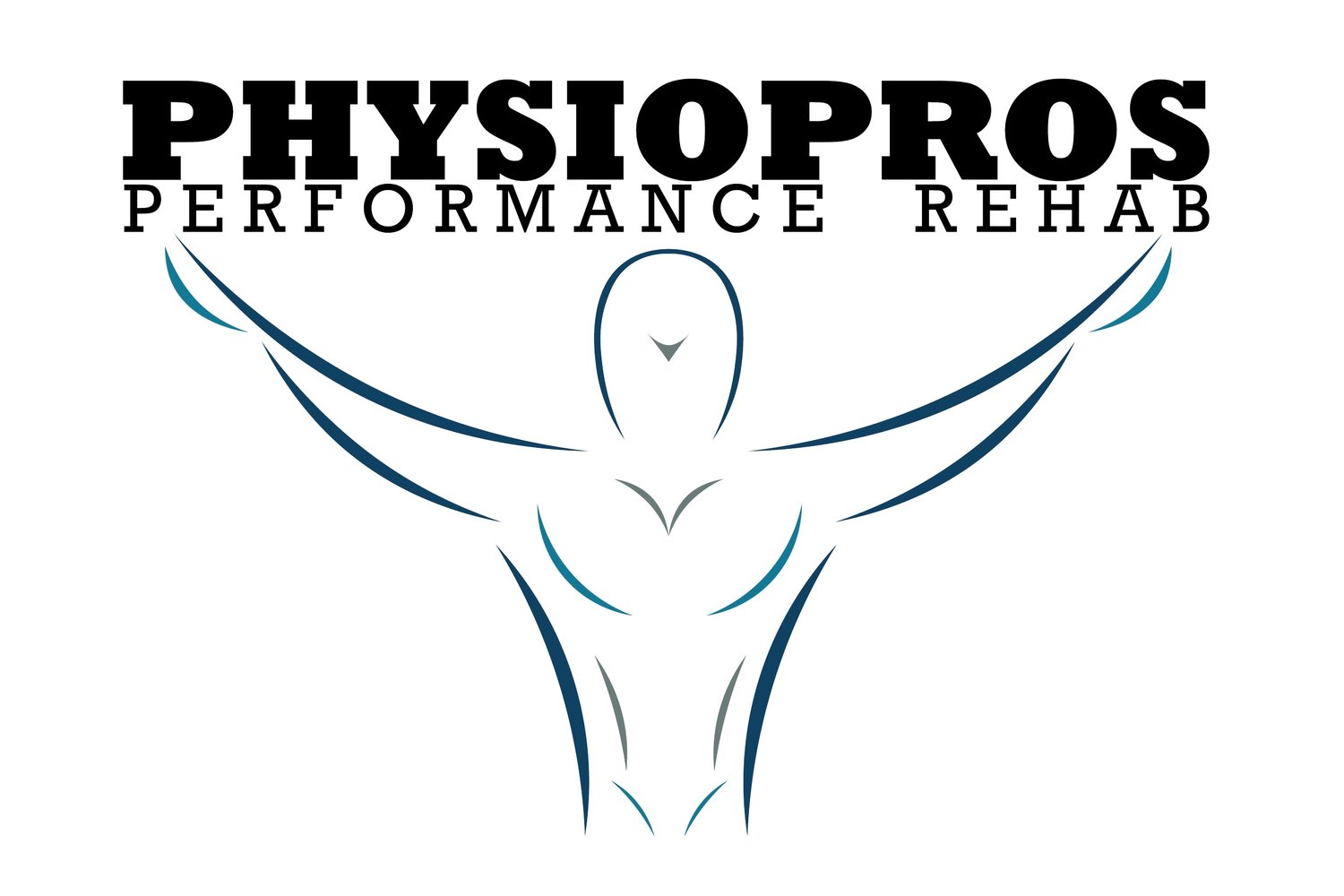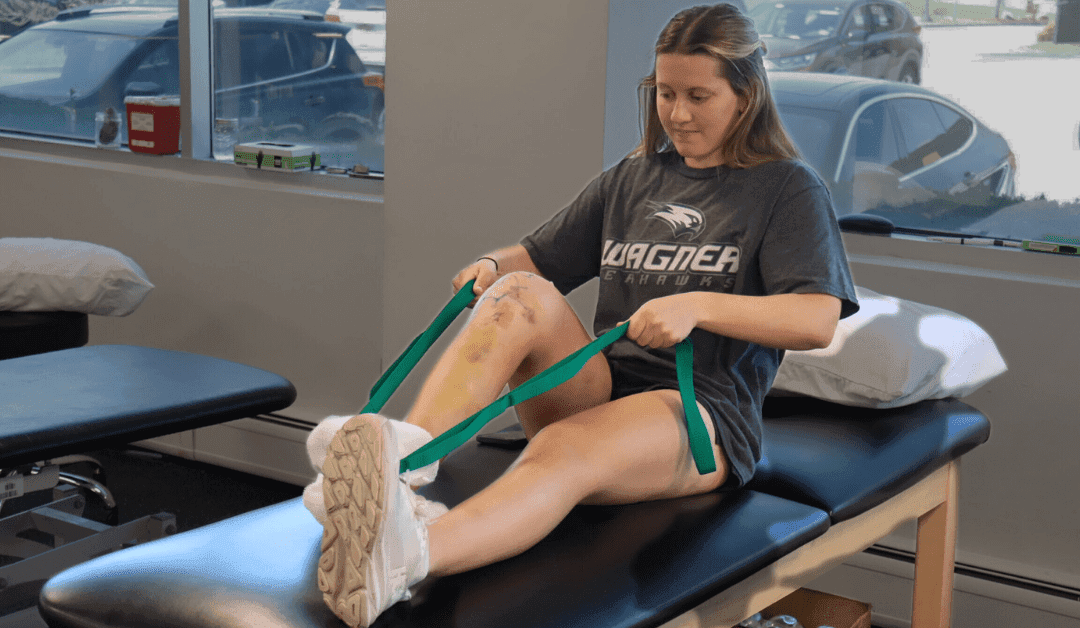Post-Surgery Recovery: The Role of Physical Therapy Services
Recovering from surgery can feel overwhelming, but it doesn’t have to be. Here, at Physiopros Performance Rehab, we understand that the right support can make all the difference in your healing journey. That’s where physical therapy services come in. Whether you’ve undergone knee surgery, a spinal procedure, or any other operation, physical therapy can speed up your recovery and get you back to doing what you love.
Physical therapy isn’t just about regaining movement; it’s about building strength, easing pain, and preventing future issues. With a personalized recovery plan, you can safely and steadily progress toward your goals. In this post, we’ll explore how physical therapy services play a vital role in post-surgery recovery and why it’s an essential step for getting you back on your feet. Let’s dive in!
Why Physical Therapy is Essential Post-Surgery
Surgery is often just the first step on the road to recovery. After an operation, it’s common to experience muscle weakness, joint stiffness, and limited mobility due to the body’s healing process. That’s where physical therapy comes into play, a vital part of regaining your strength, improving your range of motion, and getting back to daily activities.
Physical therapy services help reduce pain, restore movement, and prevent complications like scar tissue buildup or muscle atrophy. By starting therapy soon after surgery, you can speed up your recovery and minimize setbacks. For example, gentle exercises and stretching in the early stages can keep your muscles engaged and prevent stiffness, making it easier to progress to more challenging activities later on.
What sets physical therapy apart is the personalized approach. Our licensed physical therapists evaluate your condition, surgical procedure, and specific needs to create a tailored recovery plan. This plan evolves over time, with the intensity and type of therapy adjusting as you heal. With consistent guidance and support, you’ll not only recover faster but also build a solid foundation for long-term health.
As we’ll explore next, certain types of surgeries particularly benefit from physical therapy services, each requiring a slightly different approach to achieve the best results.
Common Surgeries That Benefit from Physical Therapy Services
Not all surgeries are the same, and neither are their recovery needs. Physical therapy services can be especially beneficial for certain types of operations, where rehabilitation plays a critical role in regaining function and ensuring long-term success. Here are some common surgeries where physical therapy is essential:
Orthopedic Surgeries (Knee, Hip, Shoulder)
After joint surgeries like knee or hip replacements, or rotator cuff repairs, physical therapy helps restore movement and rebuild strength in the affected area. For example, after a knee replacement, exercises target both flexibility and muscle activation to improve walking and balance. Shoulder surgery often requires gradual progressions to prevent stiffness and regain full range of motion.
Spine Surgeries
Recovering from spinal surgery involves a careful balance between movement and rest. Physical therapy services help reduce pain, strengthen the core muscles that support the spine, and gradually reintroduce safe activities to avoid re-injury. The exercises focus on posture, stability, and controlled movements to protect the healing area.
Abdominal Surgeries
After abdominal procedures, such as hernia repairs or surgeries related to the digestive system, physical therapy can assist with regaining core strength and mobility. It helps improve breathing techniques and posture to avoid strain on the healing area, and promotes gentle exercises that gradually rebuild abdominal muscles.
And More
Physical therapy services can also benefit recovery from various other procedures, including reconstructive surgeries, neurological operations, and even certain cancer treatments. No matter the type of surgery, physical therapy can help improve mobility, reduce pain, and enhance overall function, making it a crucial component of a well-rounded recovery plan.
Each of these surgeries has different recovery timelines and requirements. That’s why physical therapy services are customized to fit the specific needs of your procedure, allowing for a targeted approach to healing. Up next, we’ll discuss how these services evolve across different stages of recovery to help you get back to your normal routine.
See for yourself the patients that we have treated post-surgery and what their progress was like:
Mateo Post-ACL reconstruction and MACI
How Physical Therapy Support Each Stage of Recovery Post-Surgery
Physical therapy isn’t a one-size-fits-all process; it evolves through different stages to match your healing progress. After surgery, your recovery journey can be broken down into three main phases, with physical therapy services tailored to address your changing needs every step of the way. Here’s how these stages typically unfold:
Early Stage: Pain Management and Gentle Movement
In the first days or weeks after surgery, the focus is on reducing pain and preventing stiffness. Physical therapy services during this stage often involve gentle range-of-motion exercises and techniques like ice, dry needling, cupping, and more to manage swelling and discomfort. Therapists may also guide you in using assistive devices, like crutches or braces, to help you move safely. The goal is to ease your body into movement without pushing too hard, allowing you to start regaining mobility.
Mid Stage: Rebuilding Strength and Flexibility
As healing progresses, physical therapy shifts to strengthening the muscles and improving flexibility around the surgical area. Therapists will introduce more challenging exercises aimed at restoring joint function and overall endurance. This stage is critical for preventing muscle atrophy and regaining the ability to perform daily activities. Balance and stability exercises may also be included to help you regain confidence in your movements. The intensity and frequency of therapy sessions typically increase as you build more strength.
Late Stage: Functional Training and Returning to Normal Activities
In the final phase of recovery, the focus turns to functional training, where therapy becomes more activity-specific. The goal is to get you back to your regular routines, whether that means returning to work, sports, or simply performing daily tasks independently. Physical therapy services at this stage emphasize more dynamic movements, such as jogging, lifting, or reaching, to prepare your body for real-world demands. Your therapist may also provide guidance on how to avoid re-injury and maintain your progress after formal therapy ends.
Throughout each stage, the approach is adaptive, with physical therapists continuously monitoring your progress and adjusting the treatment plan as needed. This personalized care ensures that you’re moving at a pace that’s right for you while minimizing the risk of complications.
The Benefits in Preventing Complications Post-Surgery
Recovering from surgery involves more than just healing the incision site; it also means avoiding complications that can arise during the process. Physical therapy services play a critical role in reducing the risk of issues that may slow down or derail your recovery. Here are some ways that physical therapy helps prevent complications:
Reducing the Risk of Blood Clots: After surgery, especially orthopedic procedures, there’s an increased risk of developing blood clots due to inactivity. Physical therapists encourage gentle movement and specific exercises that improve blood circulation and help prevent clot formation. Techniques such as ankle pumps, leg lifts, and even walking with assistance can keep the blood flowing properly.
Preventing Muscle Atrophy and Weakness
When muscles are not used regularly, they can quickly lose strength and mass, a condition known as atrophy. Physical therapy services combat this by introducing exercises that activate the muscles and promote rebuilding. Early engagement in targeted movements ensures that you maintain muscle tone and gradually regain lost strength.
Minimizing Scar Tissue Formation
Scar tissue can limit flexibility and restrict movement if it builds up excessively around a surgical site. Manual therapy techniques, such as soft tissue mobilization, can help break down scar tissue, allowing for a smoother range of motion. Therapists will also guide you in stretching and exercises to prevent stiffness.
Improving Balance and Coordination
Surgery can sometimes throw off your balance or make it difficult to coordinate movements, especially if you’ve been immobilized or using assistive devices. Physical therapy includes exercises that target balance, coordination, and proprioception (your body’s ability to sense its position in space), which are crucial for preventing falls and injuries during recovery.
Educating Patients on Post-Surgical Care
Physical therapists don’t just provide treatments; they also educate patients on how to care for themselves during the recovery process. This includes instructions on proper body mechanics, the safe progression of activities, and techniques for pain management at home. This education helps empower patients to actively participate in their recovery and avoid behaviors that could lead to setbacks.
By addressing these potential complications early on, physical therapy services contribute to a safer and more efficient recovery process. It’s not just about regaining function but also about staying ahead of issues that could slow you down.
FAQ
- Q: How soon after surgery can I start physical therapy?
A: The timing depends on the type of surgery and your doctor’s recommendations. In some cases, physical therapy can begin within a few days after surgery, while for others, it may be a few weeks. Your surgeon and physical therapist will collaborate to determine the right time to start. - Q: Is physical therapy painful after surgery?
A: Some discomfort during physical therapy is normal, as your body adjusts to moving and stretching again. However, our therapists will ensure that exercises are performed safely and within your comfort level, gradually increasing the intensity as you heal. The goal is to avoid unnecessary pain while promoting progress. - Q: How long will I need physical therapy services?
A: The duration varies depending on the type of surgery, your overall health, and your specific recovery goals. Some people may only need a few weeks, while others may require several months of therapy. Your physical therapist will monitor your progress and adjust the treatment plan accordingly. - Q: Can I do physical therapy exercises at home instead of going to a clinic?
A: While some exercises can be done at home, it’s important to initially work with a physical therapist to ensure you’re doing them correctly. Therapists provide personalized guidance and make adjustments based on your progress. Combining in-clinic therapy with at-home exercises often yields the best results. - Q: What should I wear to my physical therapy sessions?
A: Wear comfortable, loose-fitting clothing that allows easy movement. Depending on the area being treated, shorts, athletic pants, or a sleeveless top may be recommended. Your therapist may also suggest specific footwear for exercises that involve standing or walking.
In Conclusion
Recovering from surgery can be a challenging journey, but with the right support, it doesn’t have to be a solo one. Physical therapy is an essential part of a safe, effective recovery plan, helping you rebuild strength, restore mobility, and prevent complications. At Physiopros Performance Rehab, we’re committed to guiding you every step of the way, tailoring therapy to your unique needs and empowering you to reach your recovery goals. Check out the team you will be working with: Our Team!
By partnering with skilled physical therapists, you’ll gain more than just improved function, you’ll gain confidence in your movement, valuable knowledge for long-term health, and the support to get back to the life you love. Ready to start your journey to full recovery? Reach out to us at Physiopros Performance Rehab by calling us at (973) 265-8621 or fill out our contact form online following this link: Contact Form to learn more about how physical therapy can help you make a smooth and successful comeback.

